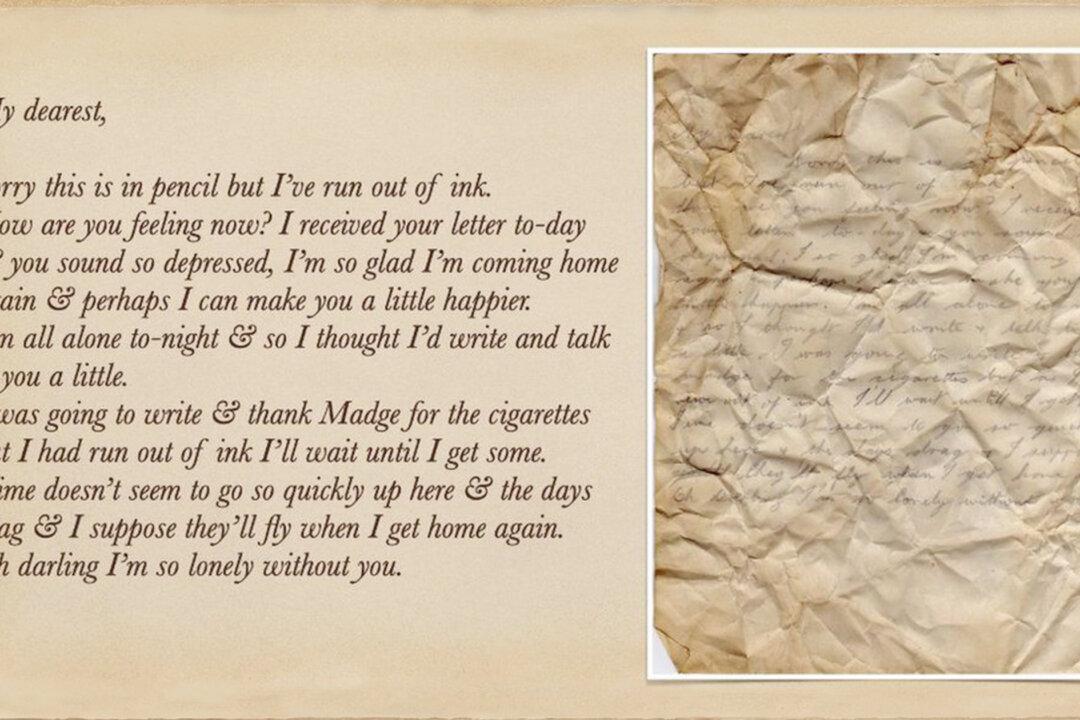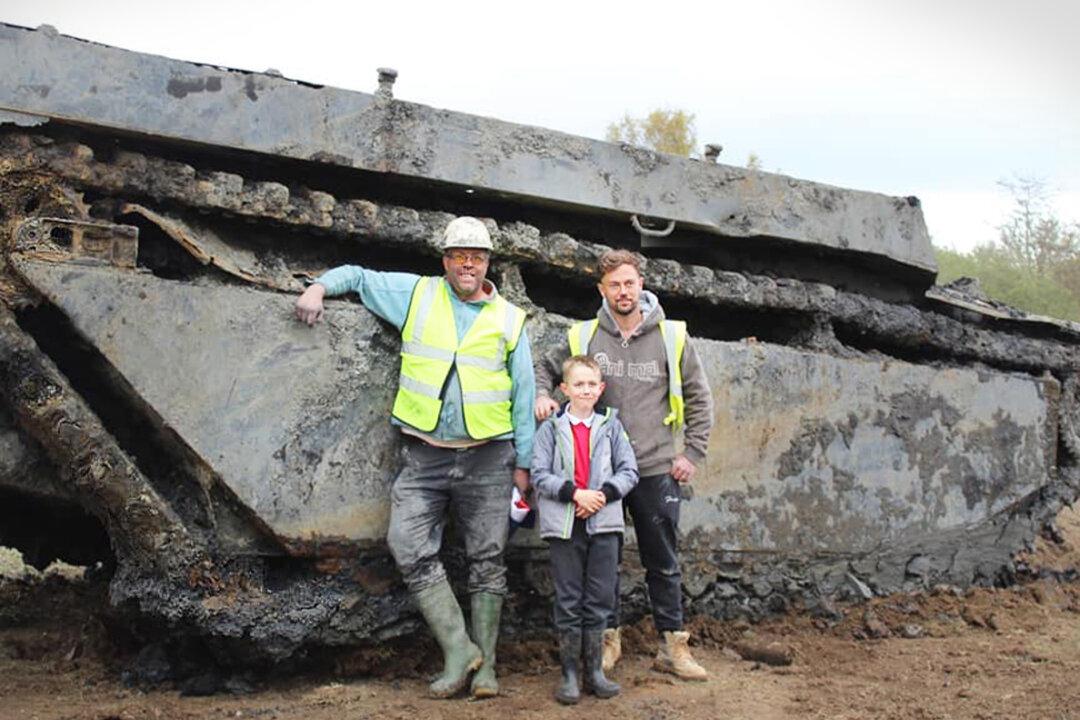An East Tennessee baby’s birth set a new record for the longest-ever frozen embryo to come to full term.
Molly Everette Gibson was born to Tina and Ben Gibson. Until the couple visited the National Embryo Donation Center (NEDC), Molly had been frozen for 27 years as a preserved embryo.






